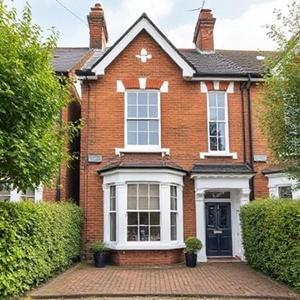House Prices Kensington, West London 🏡

Rural property markets across West London have experienced fluctuations in house prices and demand over recent years. A variety of regional micro and macroeconomic factors play significant roles in determining market shifts and valuations in different non-metropolitan locations. Access to transportation connections has a notable impact. Villages near train stations providing commuter routes to major cities see greater desirable and prices. Roads with shorter drives to key employment centers are preferred. If an area feels too remote villages further abroad see values lower.Employment opportunities in a local area or nearby towns are important. Towns supporting vibrant industries from manufacturing to agriculture to tourism witness more stability. Those reliant primarily on West London commuters fluctuate more with economic cycles. Strong local job numbers strengthen the property ladder. Lifestyle influences have grown in importance. Buyers relocating from cities now working remotely search for enhanced quality of life over proximity to offices. Areas touting scenic beauty, peaceful atmosphere, community spirit and outdoor activities do well. Superfast broadband aids the workation transition. International demand is a considerable driver of house price growth, especially in regions such as the West London experiencing an influx of foreign investment and second home purchases. Currency exchange rates also play their part. External factors like Brexit uncertainty, interest rate direction and broader UK economic conditions create ripples felt around the countryside property market too. A balanced local economy provides insulation against volatility to greater degrees
Share this page
 sloane street, kensington and chelsea
sloane street, kensington and chelsea sloane street, kensington and
 south kensington, london, sw10
south kensington, london, sw10 south kensington, london
 mall chambers, kensington mall, london, w8
mall chambers, kensington mall, london, w8 mall chambers, kensington mall, london
 clareville street, south kensington, london, sw7
clareville street, south kensington, london, sw7 clareville street, south kensington, london
 residence 65, holland park gate, 257 kensington high st, london, w8
residence 65, holland park gate, 257 kensington high st, london, w8 this corner 3 bedroom residence is bathed in natural light, with floor to ceiling
 north kensington gate, kensal rise, nw10
north kensington gate, kensal rise, nw10 north kensington gate, kensal rise
 kensington gardens square, westbourne park, w2
kensington gardens square, westbourne park, w2 a beautiful two bedroom, two bathroom first floor flat set in a grade ii
Kensington W8 Property For Sale West London Houses For Sale
